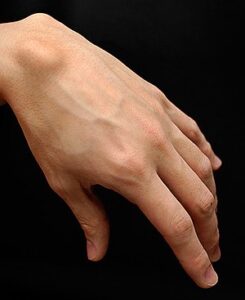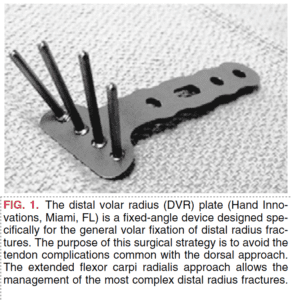OrthoNOW: Scaphoid Fracture
Patient visits OrthoNOW & discovers he has a scaphoid fracture that never healed Patient fell skateboarding and iced his wrist without being checked by a specialist. After weeks of tenderness and pain the patient decided to visit OrthoNOW where it was discovered that he had a scaphoid fracture. Diagnosis: Right scaphoid delayed union of the mid… [Read More]










